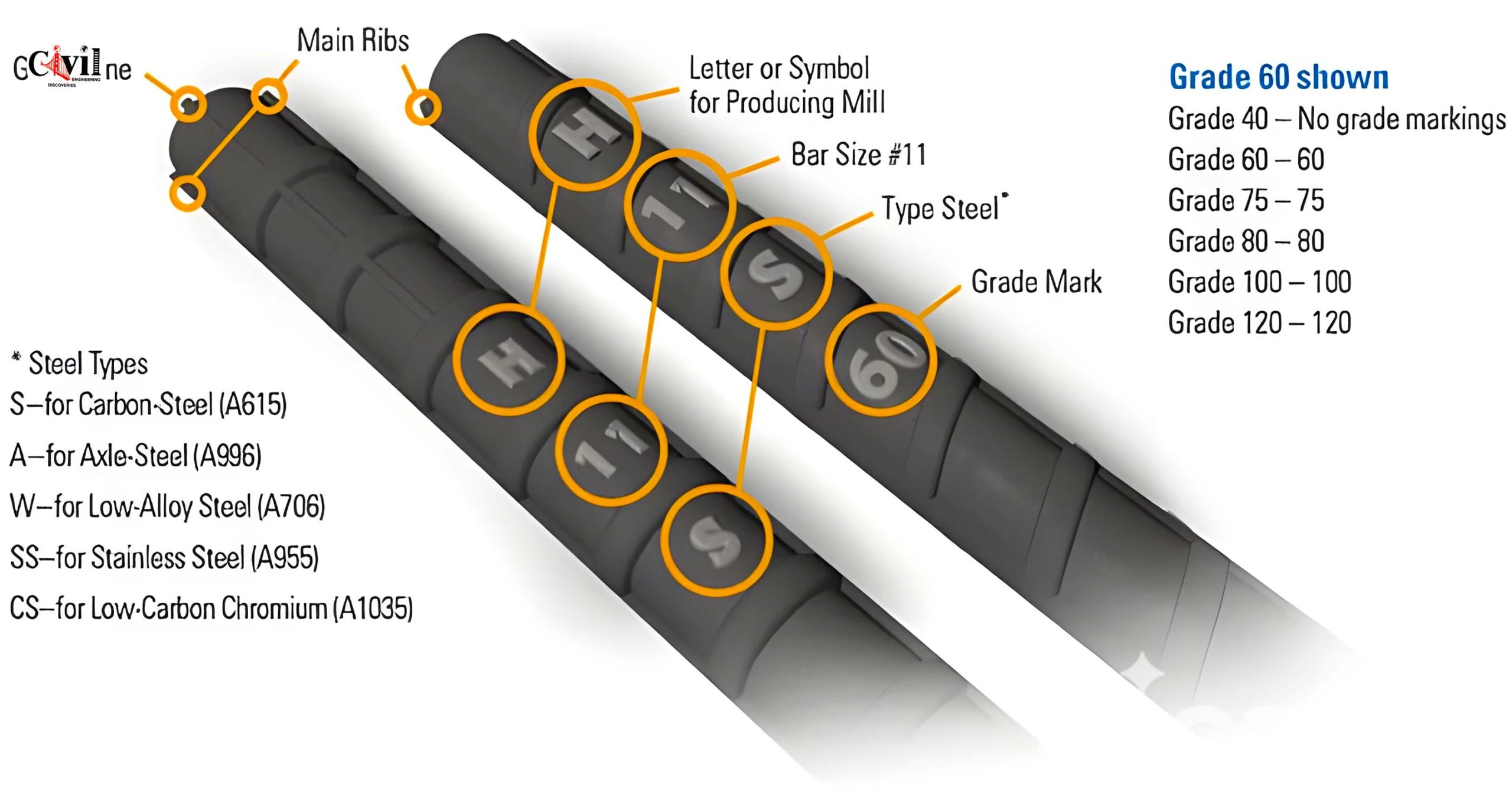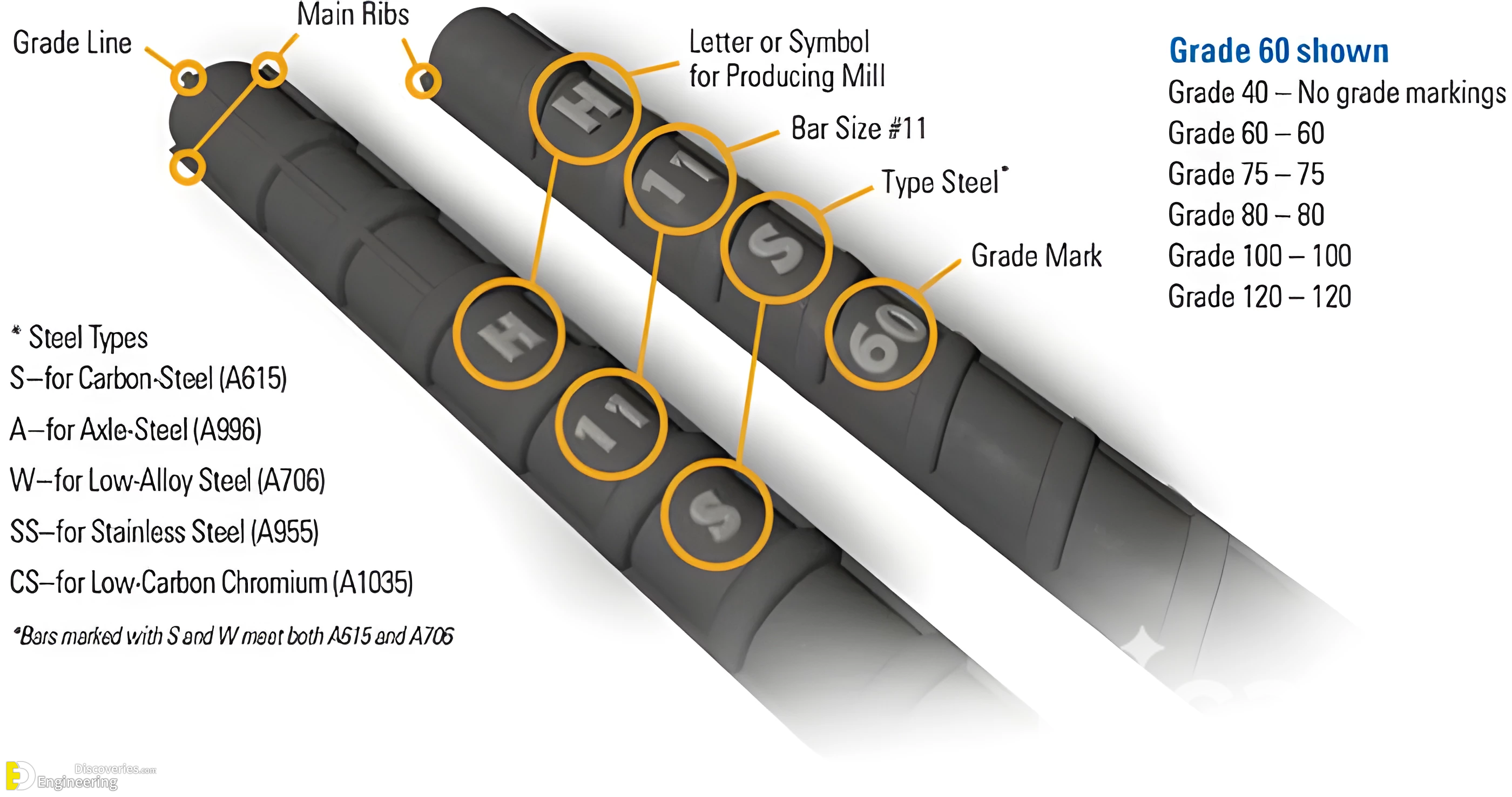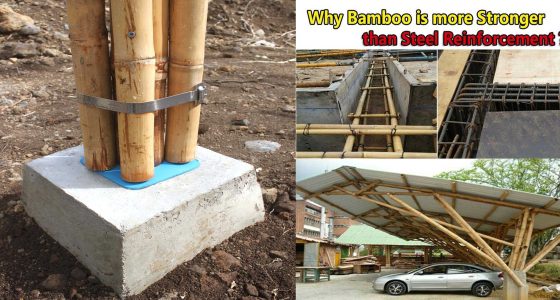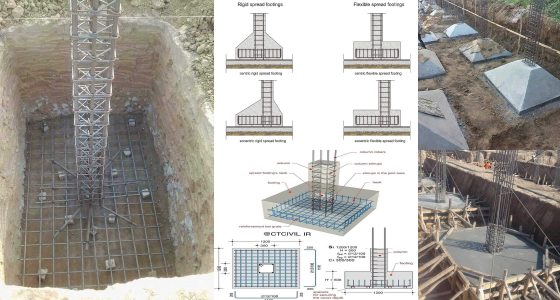Reinforcing bars, commonly known as rebar, play a crucial role in construction, providing strength and stability to concrete structures. However, deciphering the markings on the rebar can be challenging. This guide breaks down the essential elements of rebar markings, helping you identify the specifics of each bar.
What Are Rebar Markings?
Rebar markings provide important information about the bar’s origin, size, type, and grade. These markings help ensure that the right type of rebar is used in construction projects. They are typically located along the surface of the rebar and consist of letters, numbers, and symbols.
Point of Origin
The first marking indicates the point of origin, which is represented by a letter or symbol. This identifier shows which mill produced the rebar, helping with quality control and traceability. Each mill has a unique symbol, allowing builders to track the source of their materials.
Size Designation
The second marking represents the size designation of the rebar. Rebar sizes typically range from 3 to 57, with each size corresponding to a specific diameter and weight per length. The size of the rebar plays a vital role in its load-bearing capacity, making it essential to select the correct size for each application.
Type of Steel
The third marking identifies the type of steel used in the rebar. Common steel types include:
- S for Carbon-Steel (A615/A615M)
- W for Low-Alloy Steel (A706/A706M)
- SS for Stainless-Steel (A955/A955M)
- R for Rail-Steel (A996/A996M)
- CS for Low-Carbon Chromium (A1035/A1035M)
Each type of steel offers distinct properties, allowing for different construction applications. For instance, stainless-steel rebar is preferred in projects requiring corrosion resistance, while carbon-steel rebar is cost-effective and widely used.
Minimum Yield Designation (Grade Mark)
The final marking denotes the minimum yield strength of the rebar, measured in either inch-pound or metric units. Yield strength is crucial for determining the rebar’s resistance to deformation under stress. Common grades include:
there will be a grade marking (60, 75, 80, 100, 120) or by the addition of one line (60) or two lines (75), three lines (80, 100), or four lines (120) that must be at least five deformations long.
Why Rebar Markings Matter
Using the right rebar is essential for the safety and longevity of any structure. Markings provide engineers with critical information, allowing them to choose rebar that meets the specific requirements of their project. Accurate rebar identification ensures structural integrity in everything from high-rise buildings to bridges.
Click Here To See Types Of Slabs: A Comprehensive Guide To Structural Design








